First of all I asked this question in Stack Exchange and I am getting only concept related answers and not implementation oriented. So, my problem is I am trying to create high pass filter and I implemented using Python.
from numpy import cos, sin, pi, absolute, arange
from scipy.signal import kaiserord, lfilter, firwin, freqz, firwin2
from pylab import figure, clf, plot, xlabel, ylabel, xlim, ylim, title, grid, axes, show
# Nyquist rate.
nyq_rate = 48000 / 2
# Width of the roll-off region.
width = 500 / nyq_rate
# Attenuation in the stop band.
ripple_db = 12.0
num_of_taps, beta = kaiserord(ripple_db, width)
# Cut-off frequency.
cutoff_hz = 5000.0
# Estimate the filter coefficients.
if num_of_taps % 2 == 0:
num_of_taps = num_of_taps + 1
taps = firwin(num_of_taps, cutoff_hz/nyq_rate, window=('kaiser', beta), pass_zero='highpass')
w, h = freqz(taps, worN=1024)
plot((w/pi)*nyq_rate, absolute(h), linewidth=2)
xlabel('Frequency (Hz)')
ylabel('Gain')
title('Frequency Response')
ylim(-0.05, 1.05)
grid(True)
show()
By looking at the frequency response I am not getting the stop band attenuation as expected. I want 12dB attenuation and I am not getting that. What am I doing wrong?

